In Year 9 at HGHS, students are invited to study the Visual or Performing Arts as one or two options from three curriculum areas – Arts, Languages and Technology. Students explore each of their chosen options for half the year. In Year 10, each of two chosen options are studied for the full year.
As the students embark on NCEA qualifications their options expand. Read on to see the full range of NCEA standards offered by HGHS at Level 1, 2 and 3. The Arts curriculum at HGHS is well supported by a vast range of Arts and Culture focused extracurricular clubs, groups and activities. The extracurricular programme provides all HGHS students an opportunity to participate in exhibitions, performances and competitions supported by teaching and itinerant staff with expertise in each area.
Arts education explores, challenges, affirms, and celebrates unique artistic expressions of self, community, and culture. It embraces toi Māori, valuing the forms and practices of customary and contemporary Māori performing, musical, and visual arts.
Learning in, through, and about the arts stimulates creative action and response by engaging and connecting thinking, imagination, senses, and feelings. By participating in the arts, students’ personal well-being is enhanced. As students express and interpret ideas within creative, aesthetic, and technological frameworks, their confidence to take risks is increased. Specialist studies enable students to contribute their vision, abilities, and energies to arts initiatives and creative industries.
In the arts, students learn to work both independently and collaboratively to construct meanings, produce works, and respond to and value others’ contributions. They learn to use imagination to engage with unexpected outcomes and to explore multiple solutions.
Arts education values young children’s experiences and builds on these with increasing sophistication and complexity as their knowledge and skills develop. Through the use of creative and intuitive thought and action, learners in the arts are able to view their world from new perspectives. Through the development of arts literacies, students, as creators, presenters, viewers, and listeners, are able to participate in, interpret, value, and enjoy the arts throughout their lives.
Artwork by Shine Labores (2023)
River Park in 2024 Production MAMMA MIA!
The arts learning area comprises four disciplines: dance, drama, music – sound arts, and visual arts. Within each, students develop literacies as they build on skills, knowledge, attitudes, and understandings at each of the eight levels of the curriculum.
Through arts practices and the use of traditional and new technologies, students’ artistic ideas are generated and refined through cycles of action and reflection.
Each discipline is structured around four interrelated strands: Understanding the Arts in Context, Developing Practical Knowledge in the arts, Developing Ideas in the arts, and Communicating and Interpreting in the arts. The achievement objectives for each discipline reflect its distinct body of knowledge and practices. By building on and revisiting learning from previous levels, arts programmes in each discipline provide progressions of learning opportunities in all four strands. This spiral process ensures that students’ learning is relevant, in-depth, and meaningful.
In visual arts education, students develop visual literacy and aesthetic awareness as they manipulate and transform visual, tactile, and spatial ideas to solve problems. They explore experiences, stories, abstract concepts, social issues, and needs, both individually and collaboratively. They experiment with materials, using processes and conventions to develop their visual enquiries and create both static and time-based art works. They view art works, bringing their own experiences, sharing their responses, and generating multiple interpretations. Their meaning making is further informed by investigation of the contexts in which artworks are created, used, and valued. As they develop their visual literacy, students are able to engage with a wider range of art experiences in increasingly complex and conscious ways.
Our facilities at HGHS include computer labs, a book room, a senior design room, a photography lighting studio, senior painting studios, and several printing presses.

An open entry course for students who would like to cultivate their creativity and confidence in practical art. Throughout the course, a range of media and techniques will be used to develop an overall theme which will culminate in the making of a Folio of work at the end of the year. Media used may include but is not limited to, acrylic paint, watercolour, drypoint printing, collage and cutouts as well as pencil charcoal and India ink. Critical thinking and literacy are developed in visual art by researching established practice.and students are encouraged to communicate their ideas in written formats as well as in visual responses. This course will prepare students for any Visual Arts course at the senior level.
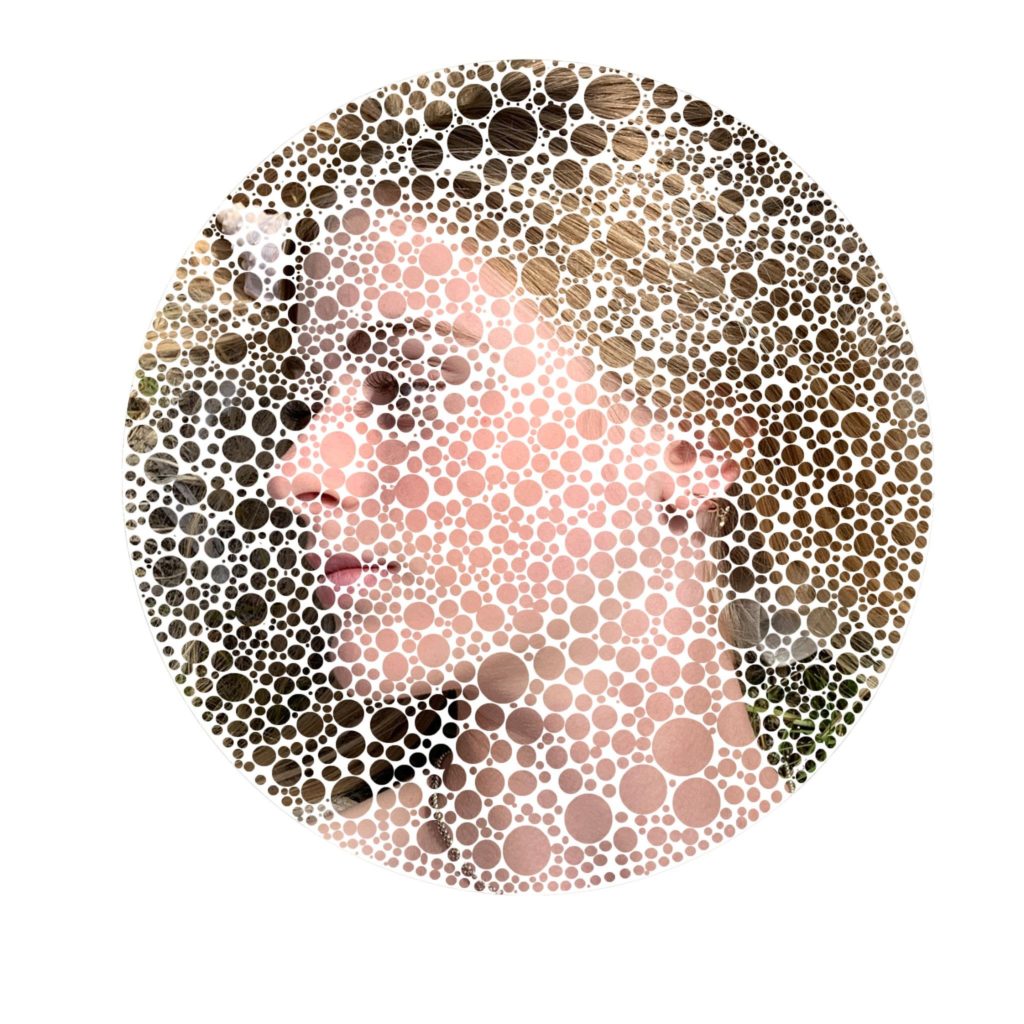
An open entry course for students who would like to cultivate their creativity and confidence in digital art. This course combines both photography and design techniques to develop a connected series of thematic images which will culminate in the making of a Folio of work at the end of the year. Students will learn how to take great photographs understanding composition, lighting, colour and contrast. The photographic images produced will be the starting point for design based images involving the art of typography, graphic design and illustration using Adobe Creative Cloud. Critical thinking and literacy are developed in digital art by researching traditional and contemporary photographers and designers. Students are encouraged to communicate their ideas in written formats as well as in visual responses. This course will prepare students for both the Visual Art Photography and Design courses at senior level.

This course is for anyone interested in being a creative visual communicator. Students are encouraged to become independent problem-solvers while researching traditional and contemporary graphic designers. The course offers a wide range of technical skills from exploring typography, digital/hand-drawn illustration, image manipulation, and layout. The creative process is an essential component of this course through ideas development and image regeneration and becoming confident in using digital formats such as Adobe Creative Cloud.
This course is suitable for students interested in expanding their creative visual communication skills. The course will build on students’ knowledge of graphic design conventions such as posters, packaging or magazine layout, logo, or character development while they discover their creative style. An authentic learning environment is where the students choose and develop their theme and ideas while using established practice relevant to their desired outcome. An independent exploration into the creative design processes and ongoing problem-solving is a crucial component of this course, along with the use of digital formats such as Adobe Creative Cloud.
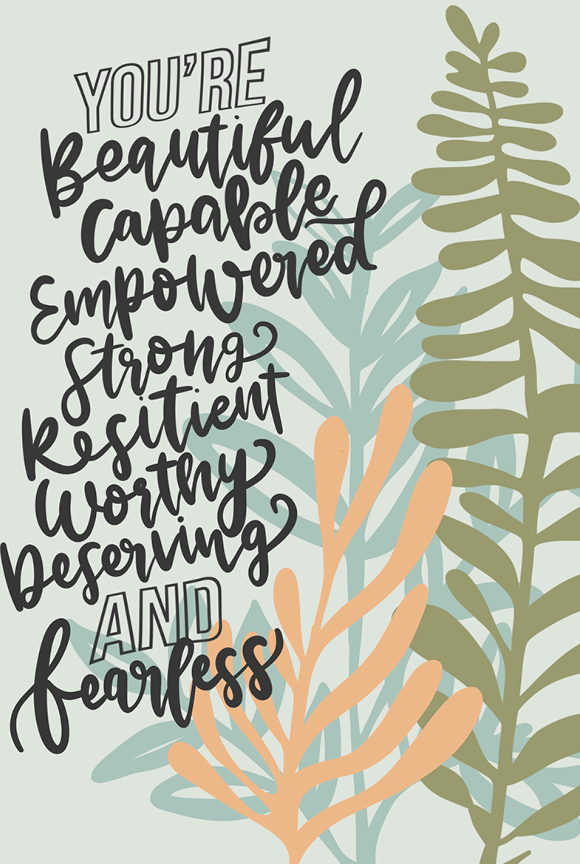

Authentic learning is encouraged through the independent study of established practice and thematic content in the form of a proposition. Propositions will be developed in both internal standards as well as the external folio submitted at the end of the year. The creative process of analysis, generating ideas, developing artworks, refining and extending ideas is central to this course. Students will gain confidence in their creativity and critical thinking with this process, as well as advance their techniques and skill in various wet media. Additionally, the research internal assessment involves studying artists that have a similar theme and builds on digital skills and literacy. Level 2 Painting is preferential in preparing students for Level 3 Painting.
Students are initially asked to develop a proposition for the entire course of study and are expected to research established practice in depth, to refine their project over time. Research also takes the form of an internal standard that is run in parallel with the practical internal standard. The practical standard encourages the use of drawing to generate ideas and clarify directions as well as experimentation in media that includes but is not limited to; gel mediums, pouring mediums, watercolour, gouache, acrylic paint, oil paint and collage media. The external folio submitted at the end of the year is an edited presentation of the student’s ability to systematically demonstrate conventions and ideas in painting practice.
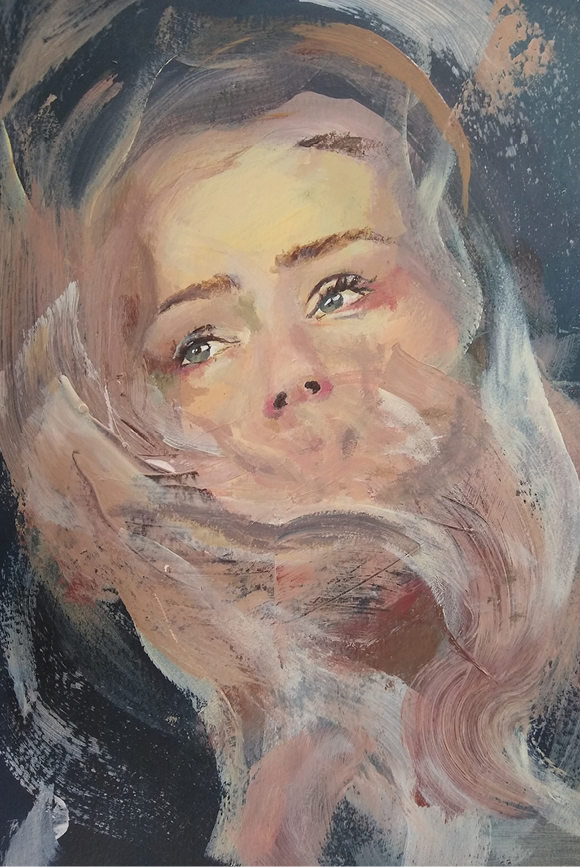

Students are taught how to use a single lens reflex digital camera in order to have total control of the photographic image making process. A range of techniques are explored including compositional conventions, depth of field, shutter speed, colour, lighting and photo editing. Individualised programmes of study are encouraged with students deciding on their own thematic pathway supported by studying the work of tradition and contemporary photographers. The creative process of analysis, generating ideas, developing artworks, refining and extending ideas is central to this course. Students will gain confidence in their creativity and critical thinking as well as advancing their techniques and skills using the Adobe creative cloud. Level 2 Photography is preferential in preparing students for Level 3 Photography and Design.
Previous knowledge of camera techniques is built upon and an individual program of study is followed with students choosing their own theme for the year. It is expected that in-depth research of traditional and contemporary visual artists including photographers is carried out in order to enable students to refine their work over time. This practical course encourages the art of image making with the camera to generate ideas and clarify directions as well as experimentation and manipulation of photographic images using the Adobe creative suite. The external Folio submitted at the end of the year is an edited presentation of the student’s ability to systematically demonstrate conventions and ideas in photography practice.


Printmaking is a course that requires students to use research and drawing to systematically generate artwork and ideas related to a chosen theme. Throughout this course students will learn a variety of techniques and printmaking processes as well as investigate a range of artists in depth. In addition students will develop their skills in industry based programs such as Adobe Creative Cloud. Students will gain confidence in their creativity and critical thinking by exploring the media of print which can include lino, wood cuts, mono printing, collagraph and drypoint etchings.
Printmaking is a course that requires students to use research and drawing to systematically generate artwork and ideas related to a chosen proposition. Key outcomes are critical thinking, confidence and creative planning as well as the capacity to explore visual ideas through print media, which can include lino, wood, mono printing, collagraph and drypoint etchings. In addition students will develop their skills in industry based programs such as Adobe Creative Cloud
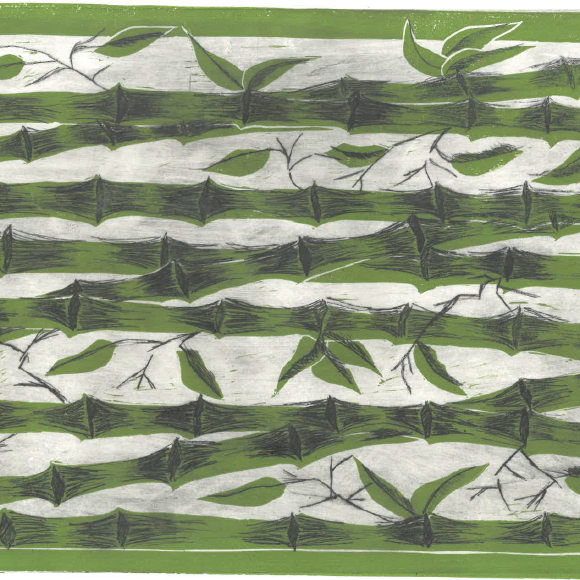
In performing arts education, students convey artistic expression in a live or recorded performance to an audience. Performers use their bodies or voices as means of delivery, either directly or via an instrument. Students explore experiences, stories, abstract concepts, social issues and needs, both individually and collaboratively through processes that require the development of skills in acting, dance, singing as well as scriptwriting, direction, choreography, lighting and sound design, composition, songwriting, creative writing, etc. The application of all these skill sets develop empathy, emotional intelligence, confidence, communication skills, introspection, teamwork skills and confidence in students. Skills that are directly translatable to life outside the classroom.
Our facilities at HGHS include a dance studio, music recording studio, individual music practice rooms, drama space, wardrobe, performance auditorium.
Click here to see more information about the extracurricular clubs, groups and activities that make HGHS Arts and Culture so special.
Dance is expressive movement that has intent, purpose, and form. In dance education, students integrate thinking, moving, and feeling. They explore and use dance elements, vocabularies, processes, and technologies to express personal, group, and cultural identities, to convey and interpret artistic ideas, and to strengthen social interaction. Students develop literacy in dance as they learn about, and develop skills in, performing, choreographing, and responding to a variety of genres from a range of historical and contemporary contexts.
This course aims to develop students’ knowledge of and skills in Dance. This is a performance based course. Students are expected to perform all achievement standards in front of an audience. They will complete two performances, one choreography and one external achievement standard. Performances will be completed in front of a live audience. Previous dance experience is not compulsory but will be beneficial in this course.
Students will choreograph and perform a range of different dance styles in this course and are expected to perform in front of a live audience. The course has two performance and two choreography achievement standards. There is a written component to each standard. Students will also view a recorded professional dance performance and analyse the elements of this performance for assessment in their external achievement standard. Previous dance experience is not compulsory but will be beneficial in this course.
Students will expand on the performance and choreographic skills they have learnt and developed in Levels 1 and 2. They will choreograph, perform and produce a complete dance in front of a live audience. Students will complete two choreography and two performance achievement standards. Dances will be taught by outside teachers. Students will view a live dance performance and analyse this for an external standard. All assessment performances are completed in front of a live audience.
Drama expresses human experience through a focus on role, action, and tension, played out in time and space. In drama education, students learn to structure these elements and to use dramatic conventions, techniques, and technologies to create imagined worlds. Through purposeful play, both individual and collaborative, they discover how to link imagination, thoughts, and feelings.
As students work with drama techniques, they learn to use spoken and written language with increasing control and confidence and to communicate effectively using body language, movement, and space. As they perform, analyse, and respond to different forms of drama and theatre, they gain a deeper appreciation of their rich cultural heritage and language and new power to examine attitudes, behaviours, and values.
Students Devise performances, study the History of Theatre, perform Melodrama, and tour Children’s Theatre around Primary Schools.The drama techniques of using Voice, Body Language, Movement and Space are taught as integral parts of each unit. Students learn about Stage Technologies and are involved in all aspects of performance and production. The skills of problem solving, creative thinking, speaking and presenting are developed in this course
This is an exciting and varied course which includes performing Greek Drama in the amphitheatre at the Hamilton Gardens devising a play, working in detail with scripts, and a public performance of a full play, involving all students. The drama Techniques of using Voice, Body, Movement and Space are taught as an integral part of each unit.. Problem solving, working in groups, creative thinking, and speaking and presenting are key skills which are developed to an advanced level. Each Unit of work involves some theory and written work, and a practical task which culminates in an assessment.
This is a stimulating and challenging course for students with a real love of Drama. Students will study the Stanislavsky method of acting, Movement and Voice Production, and the technical aspects of Theatre. They will develop the skills of Directing, Devising and Scriptwriting, and will script their own performance. All students will take part in a public evening performance of a play. The History component of the course focuses on Elizabethan Theatre.
2024- MAMMA MIA!
Click here to see all past HGHS & HBHS Joint productions.
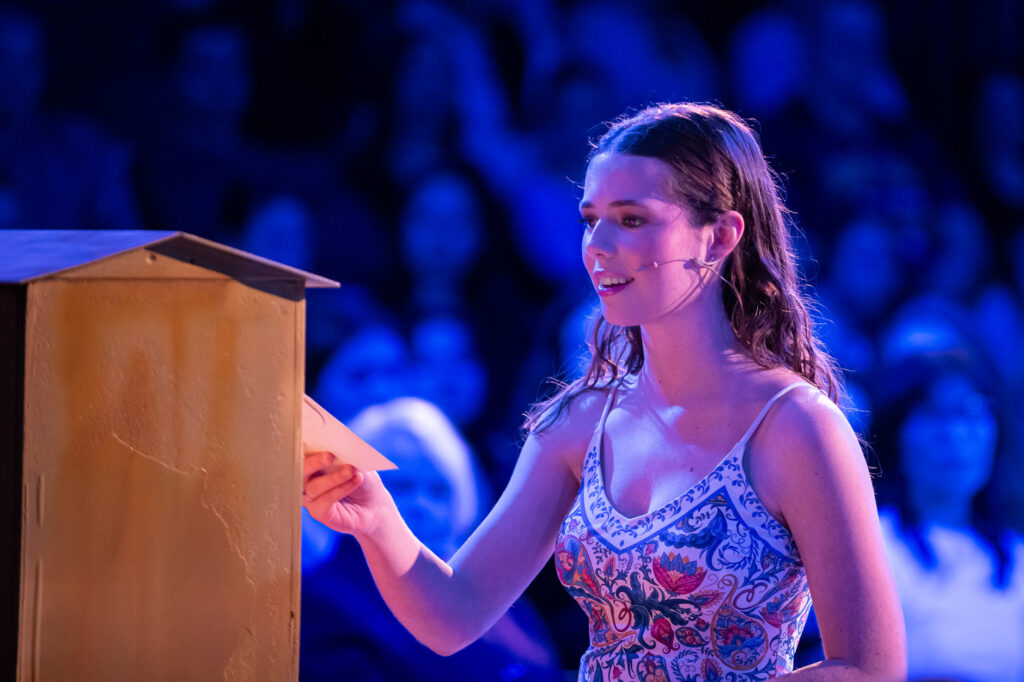
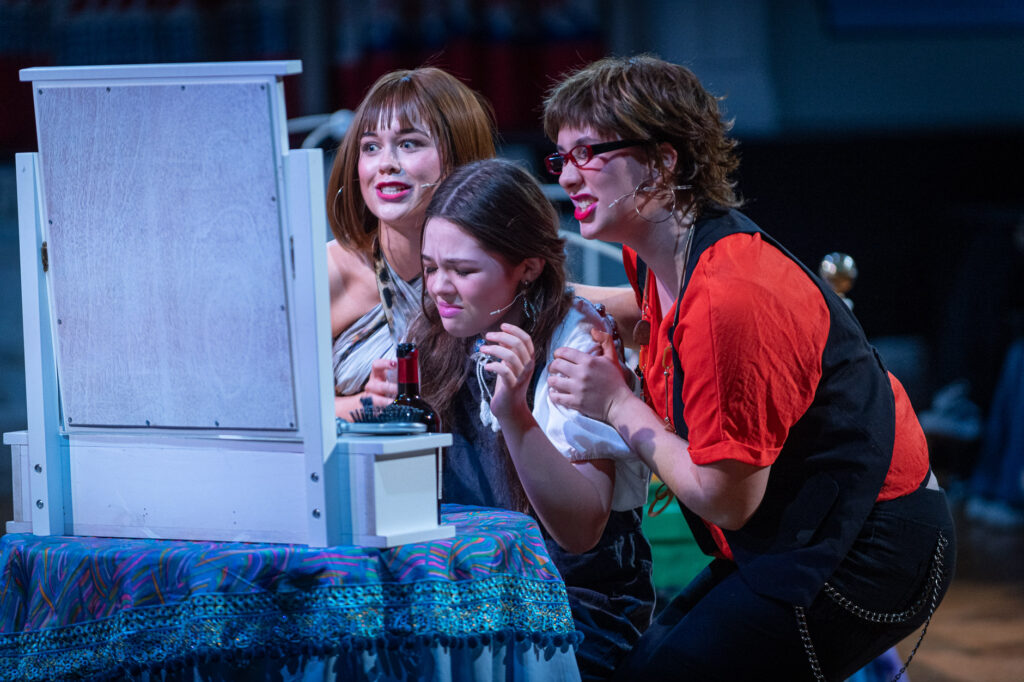
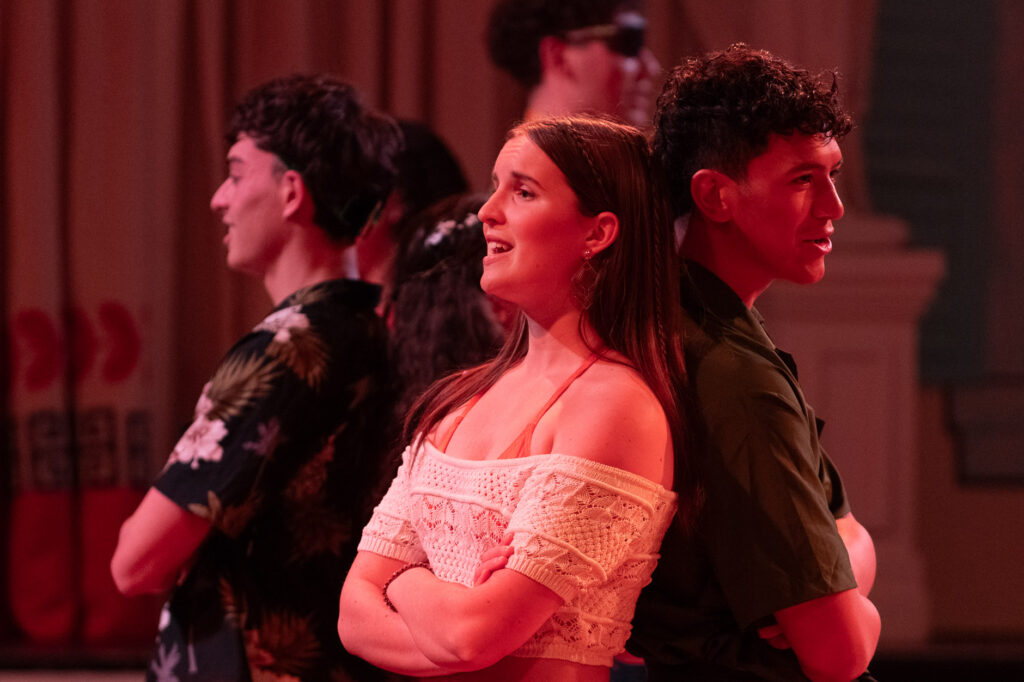
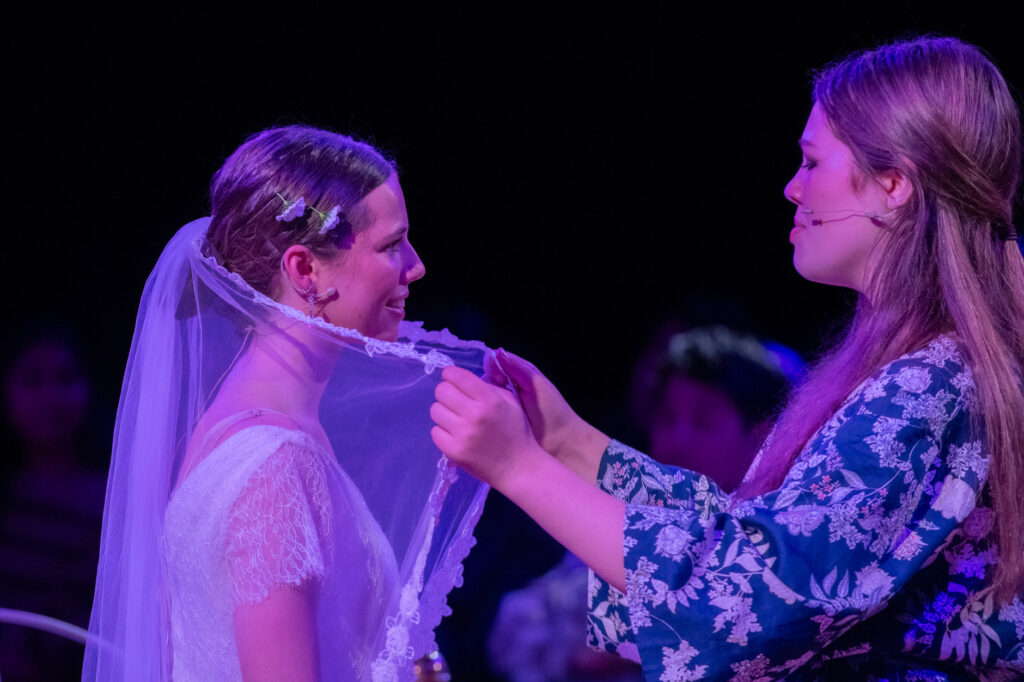
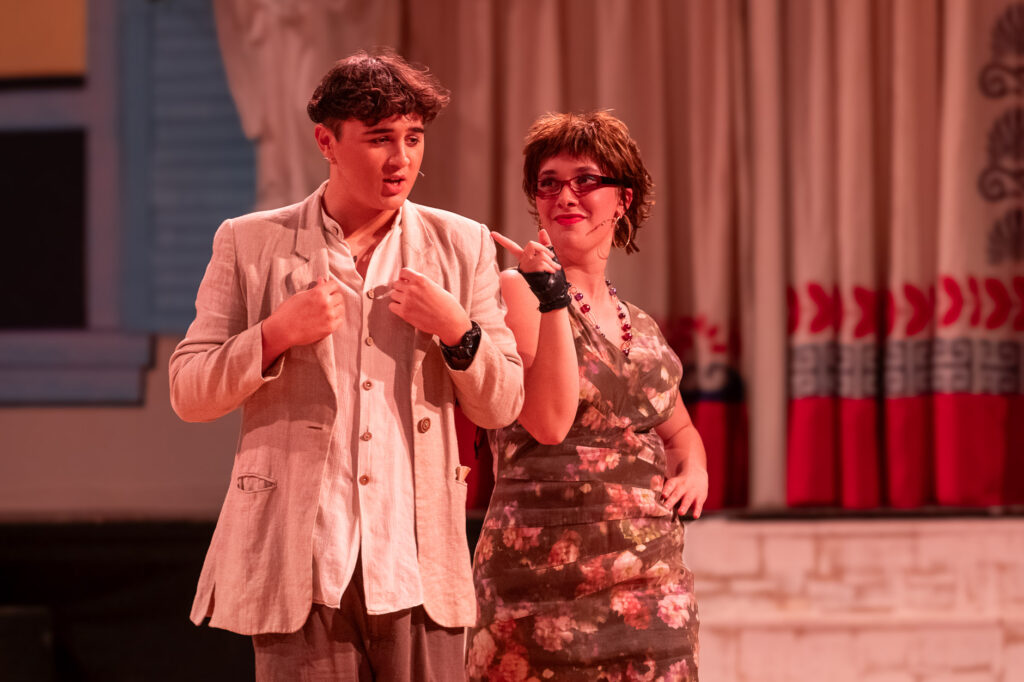
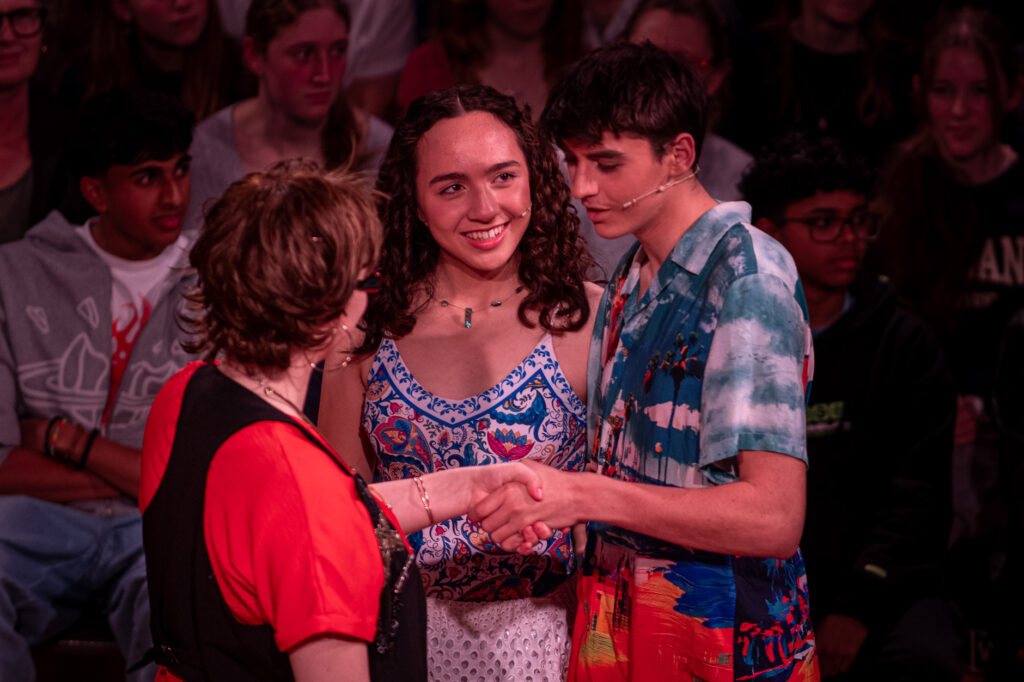
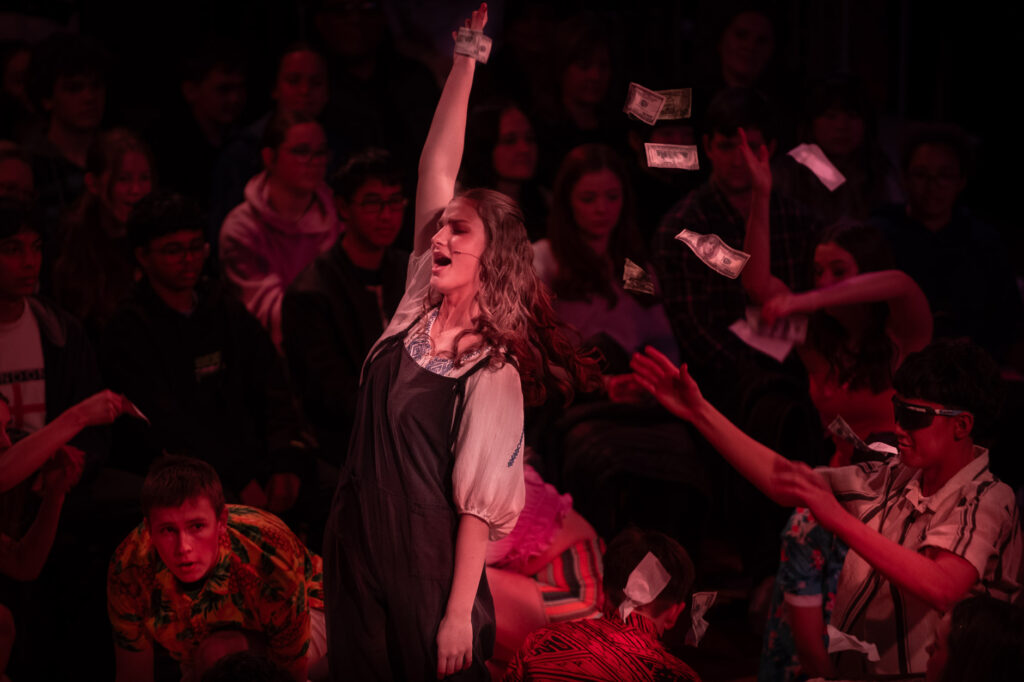
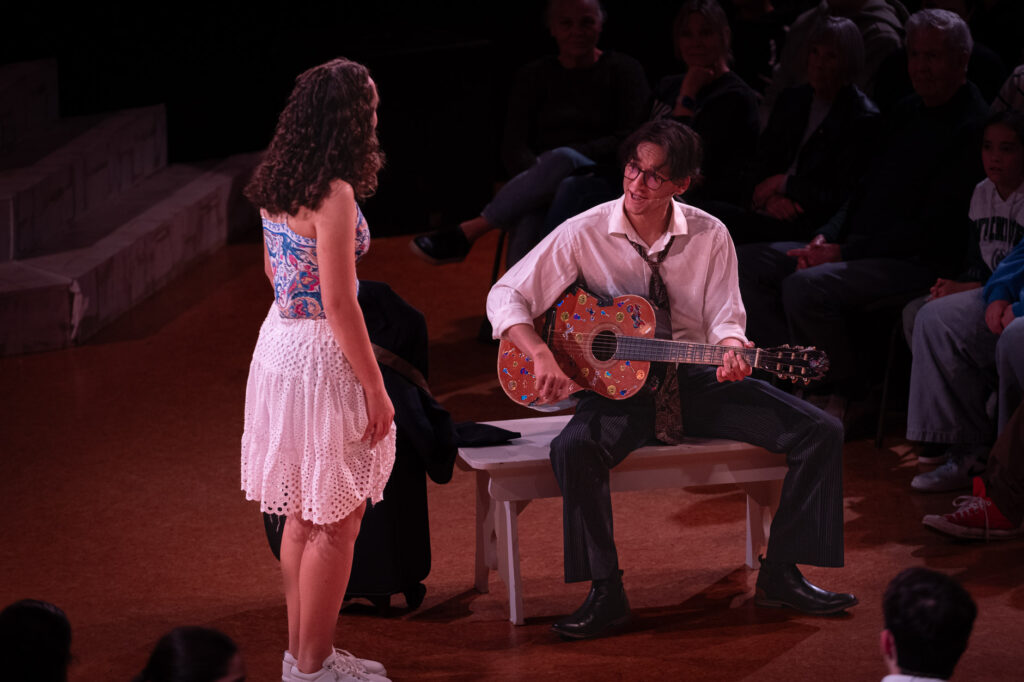
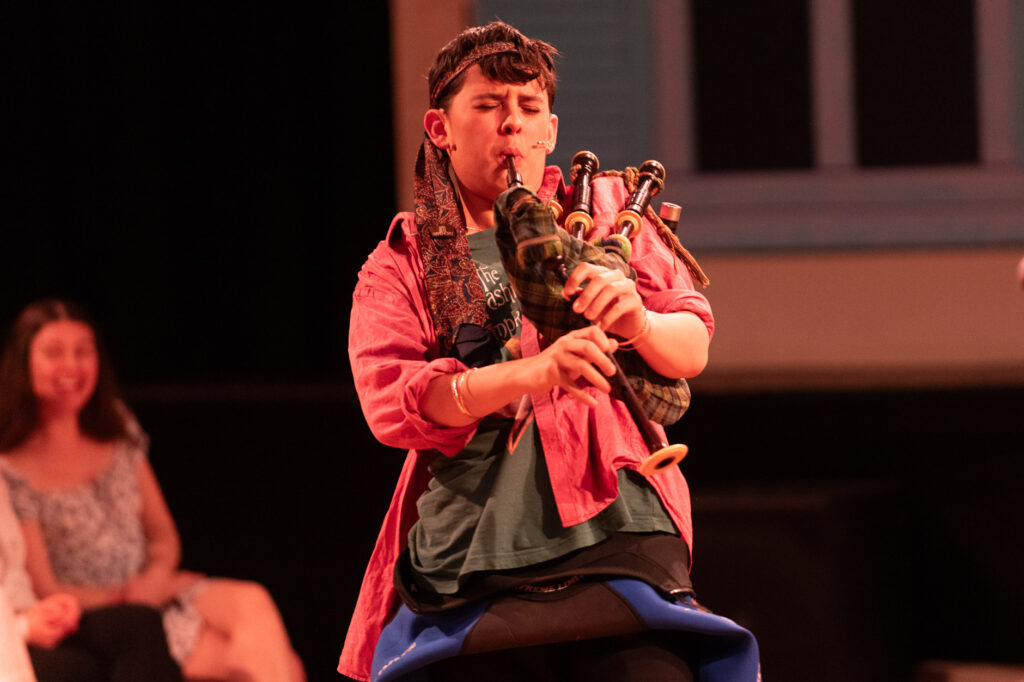
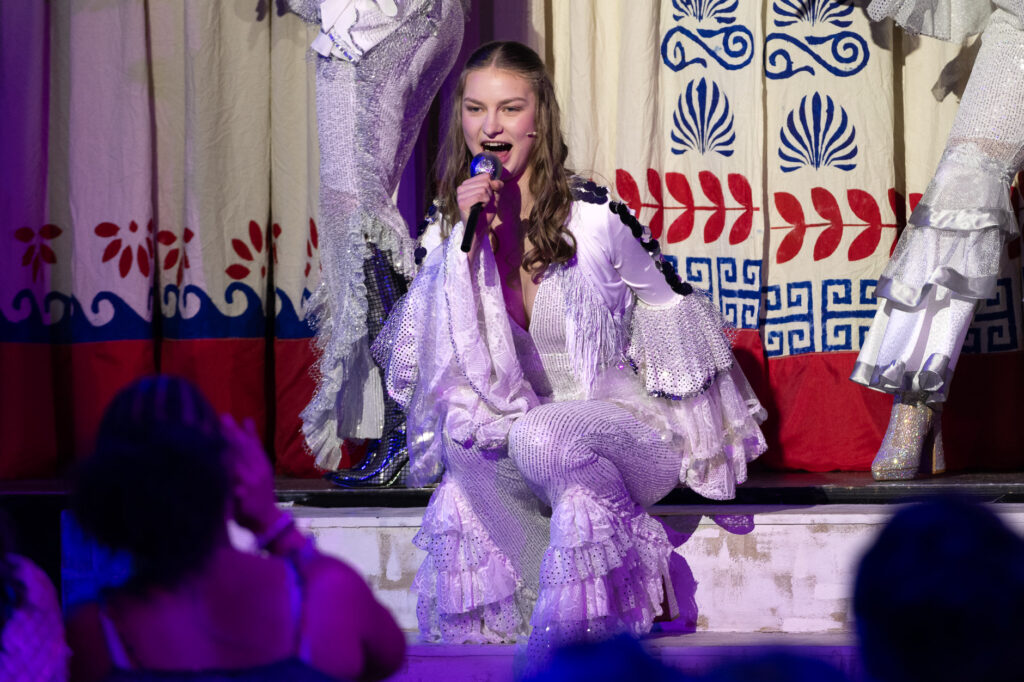
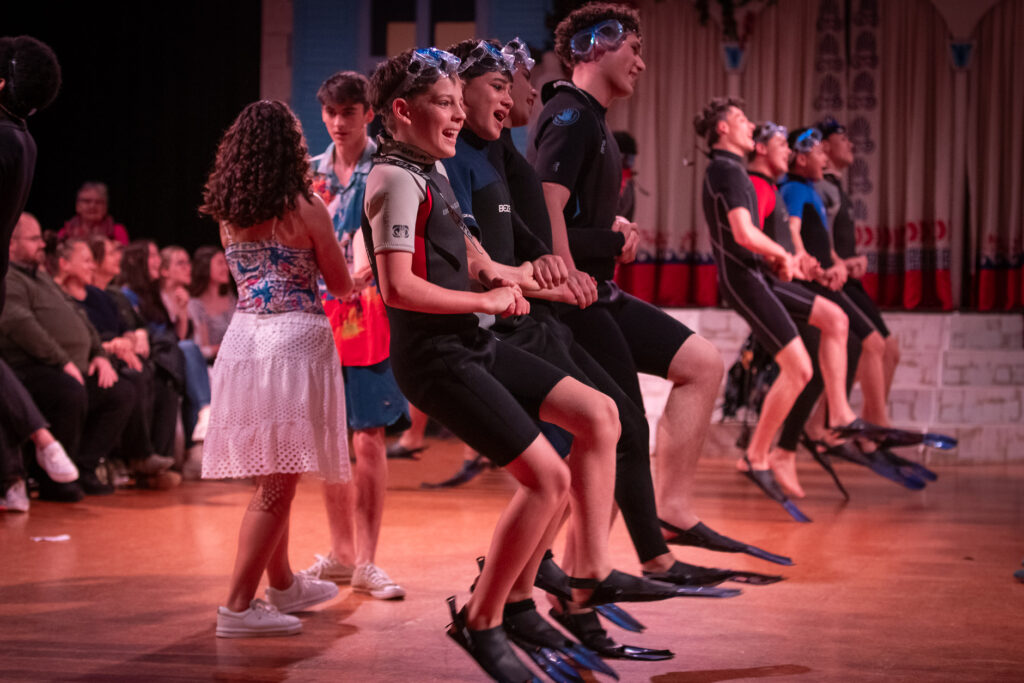
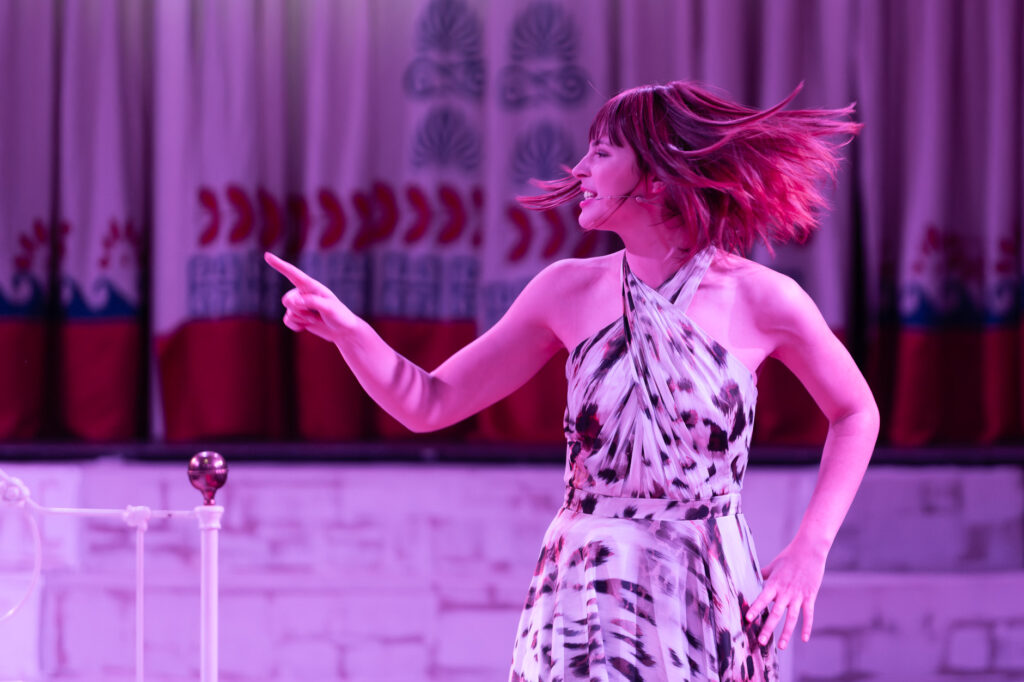
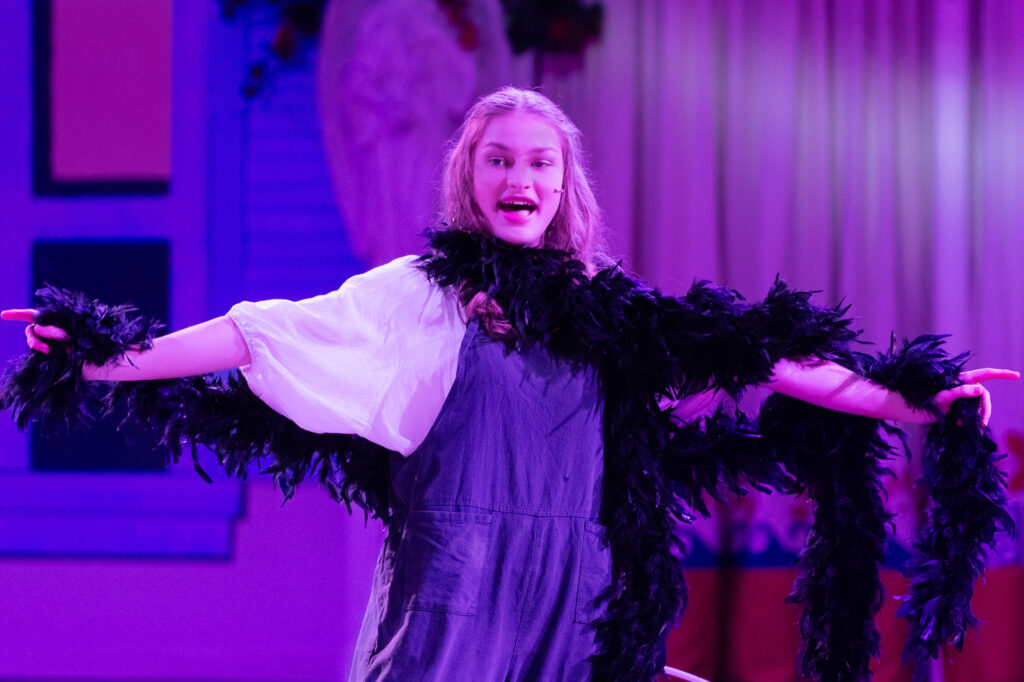
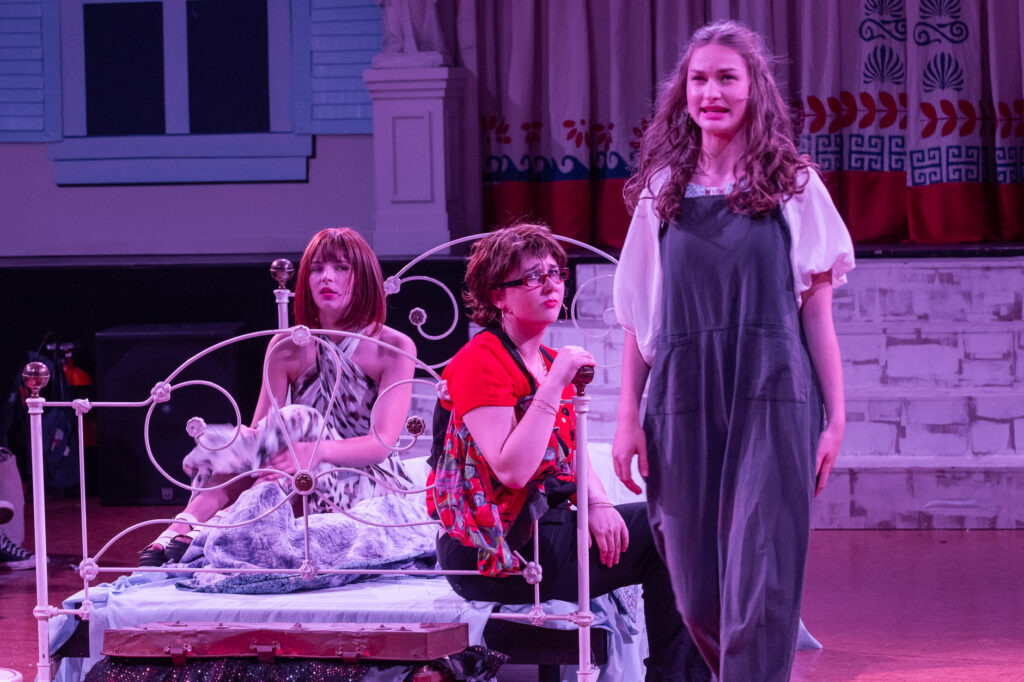
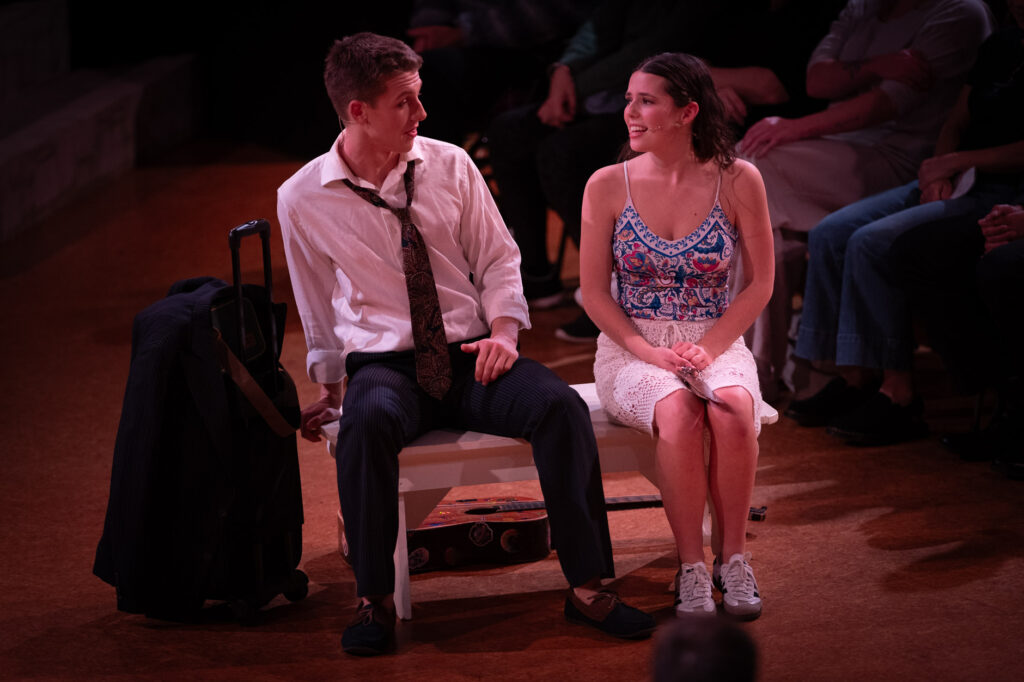
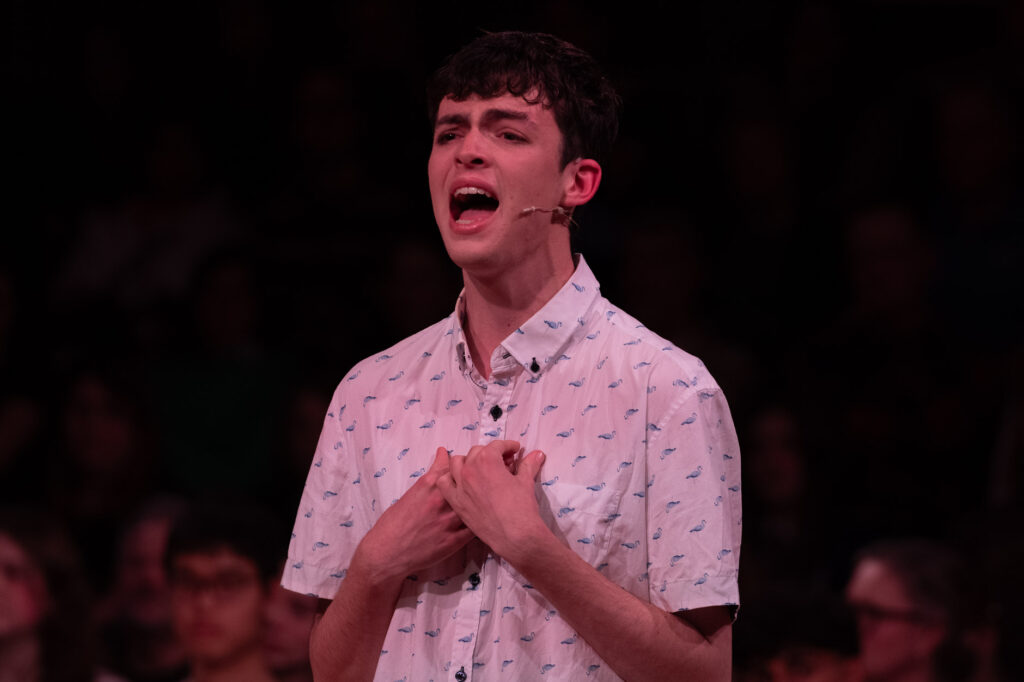
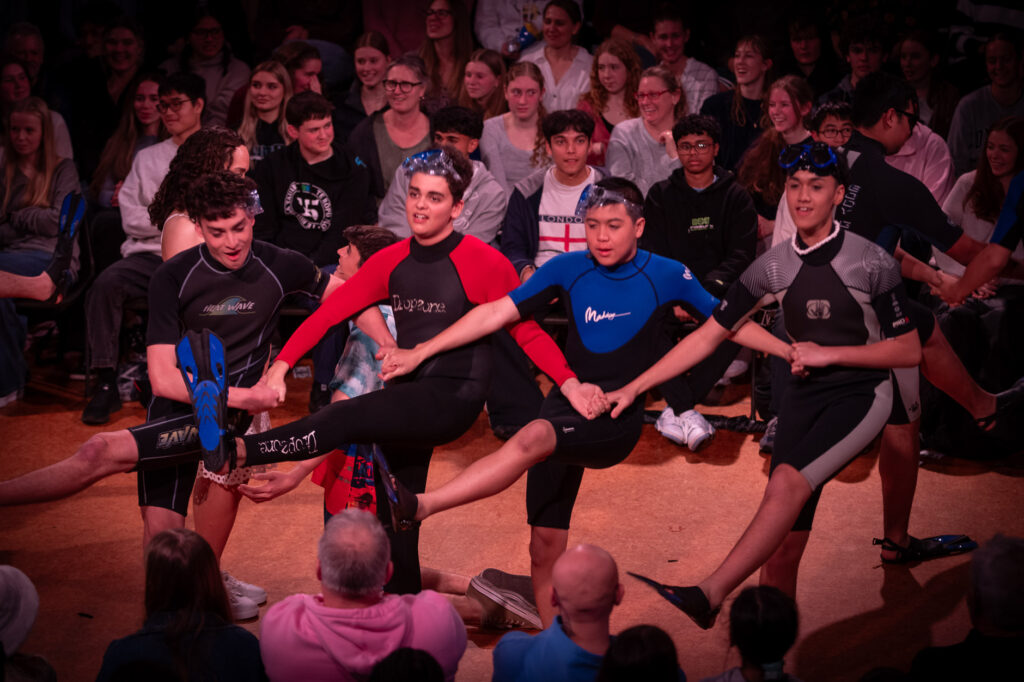
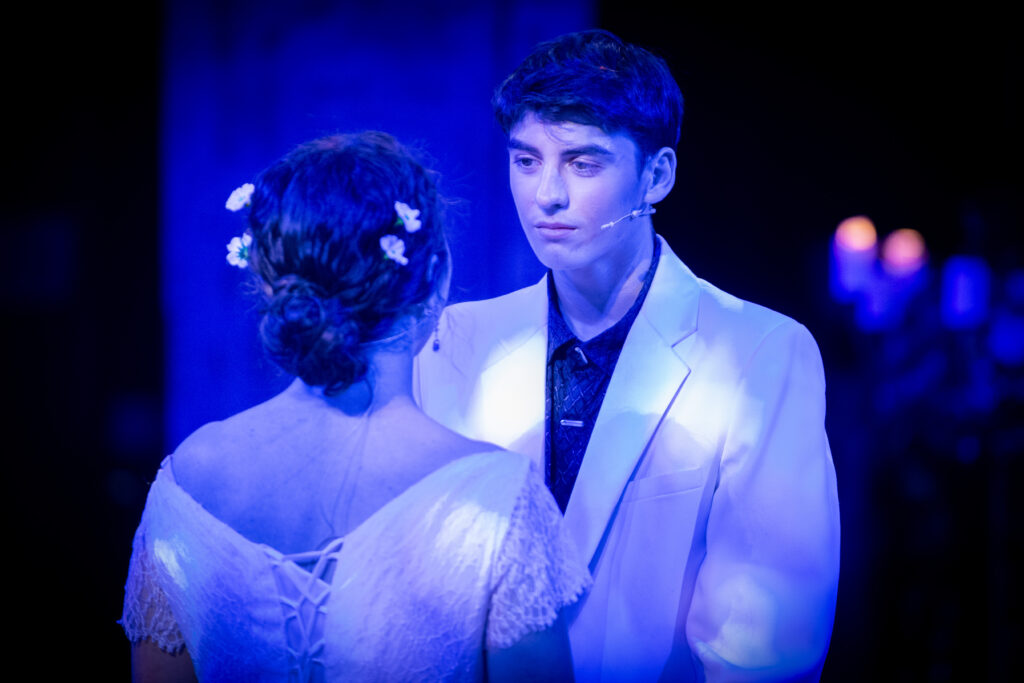
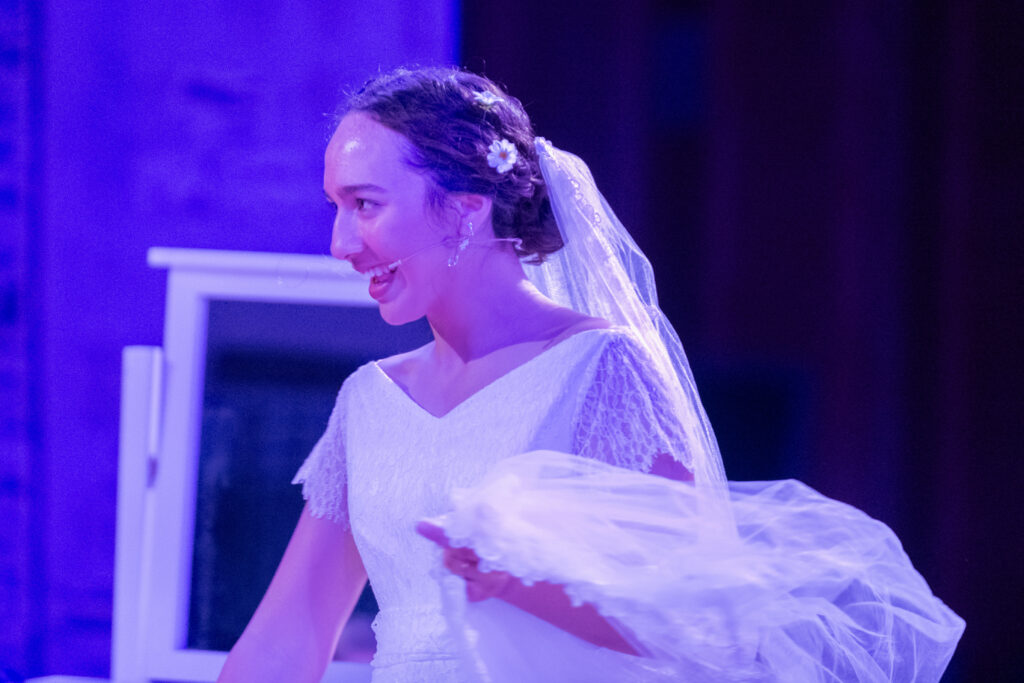
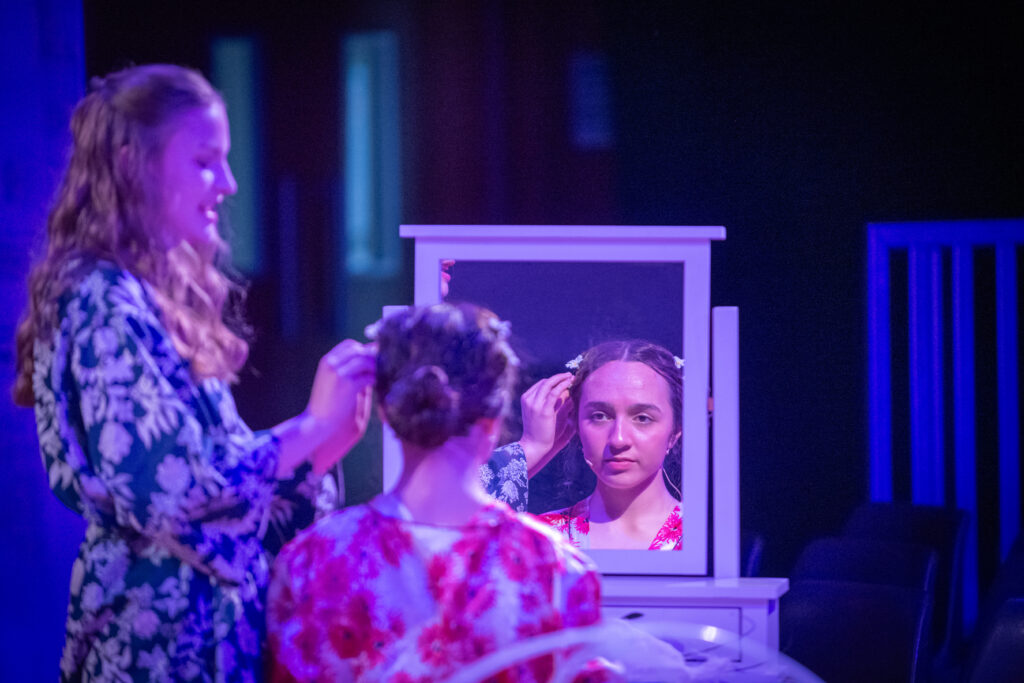
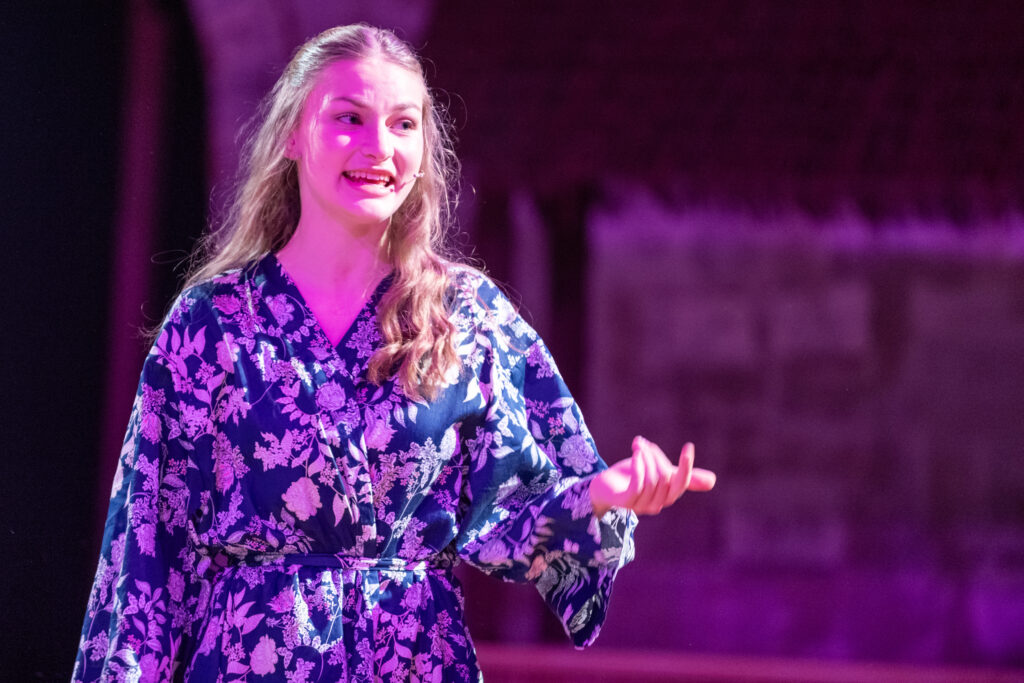
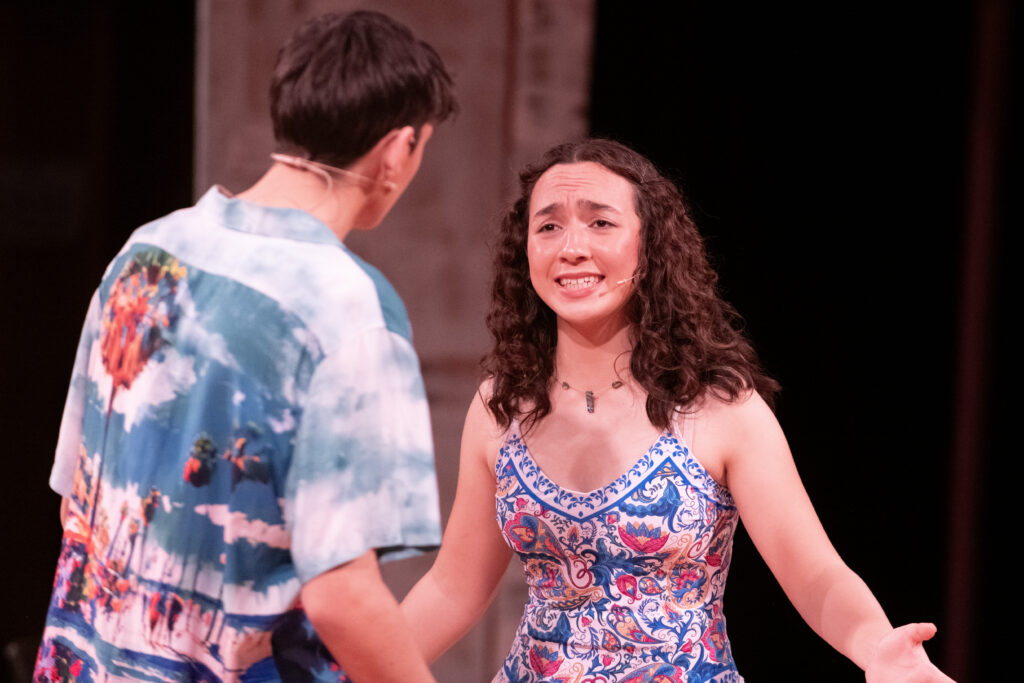
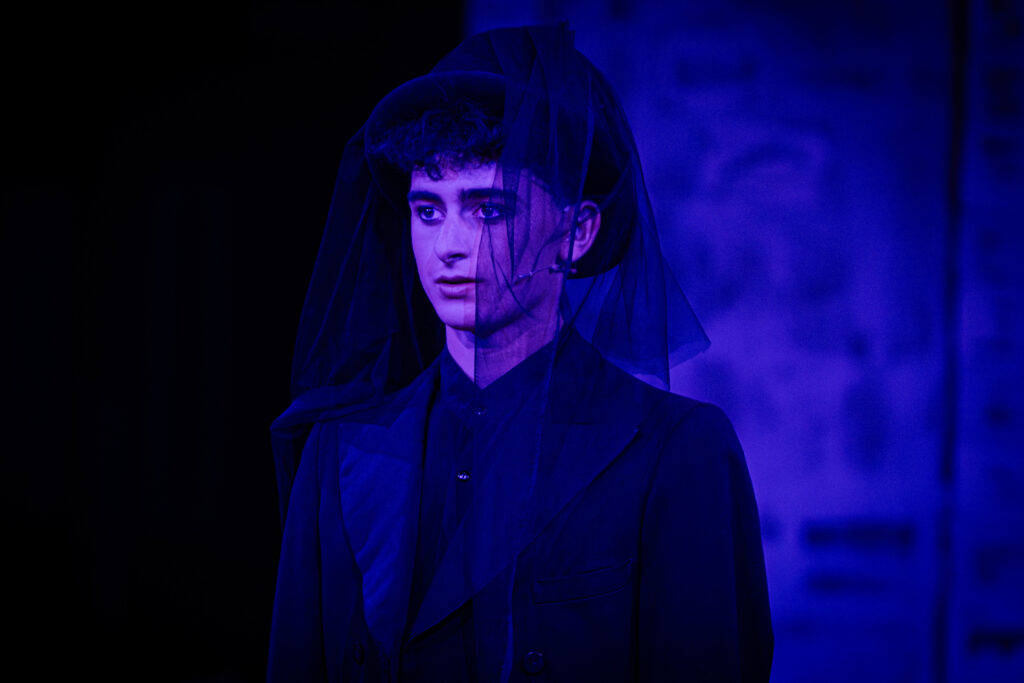
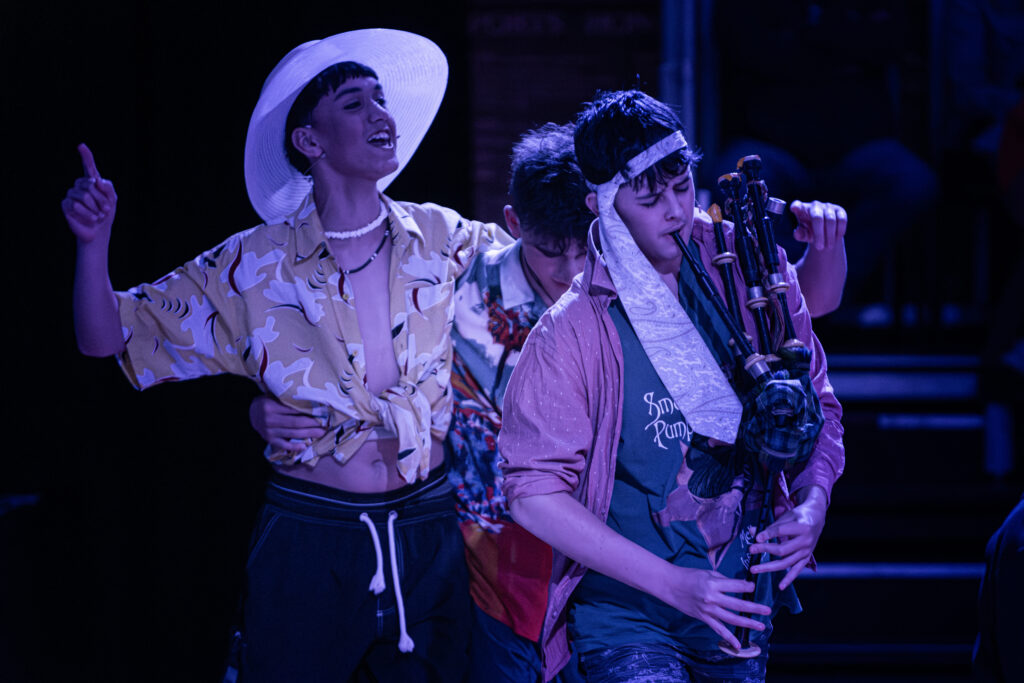
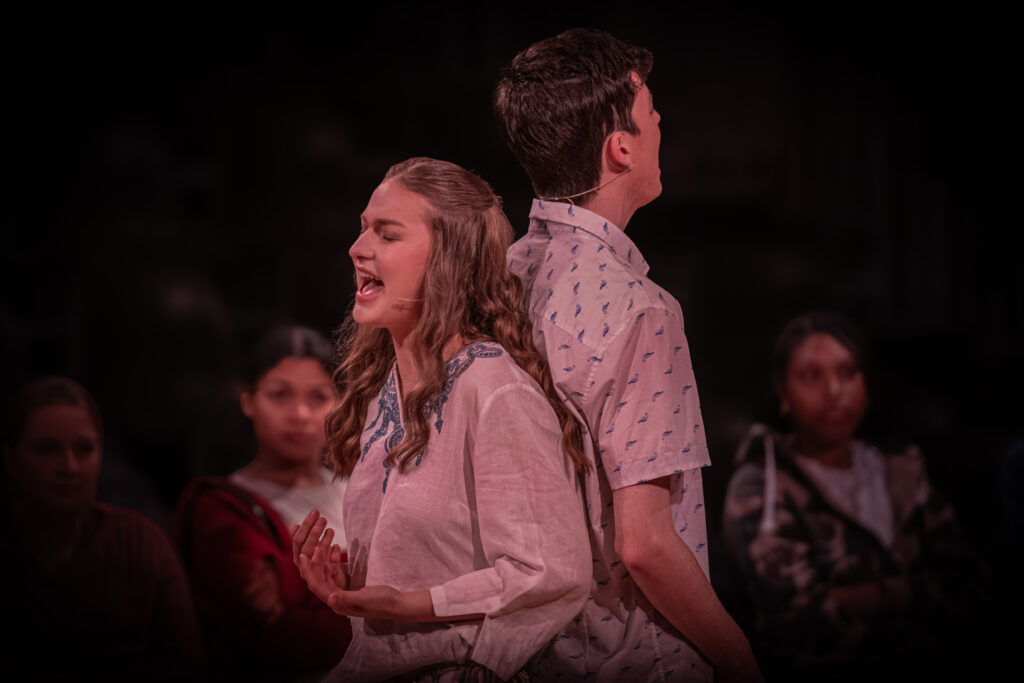
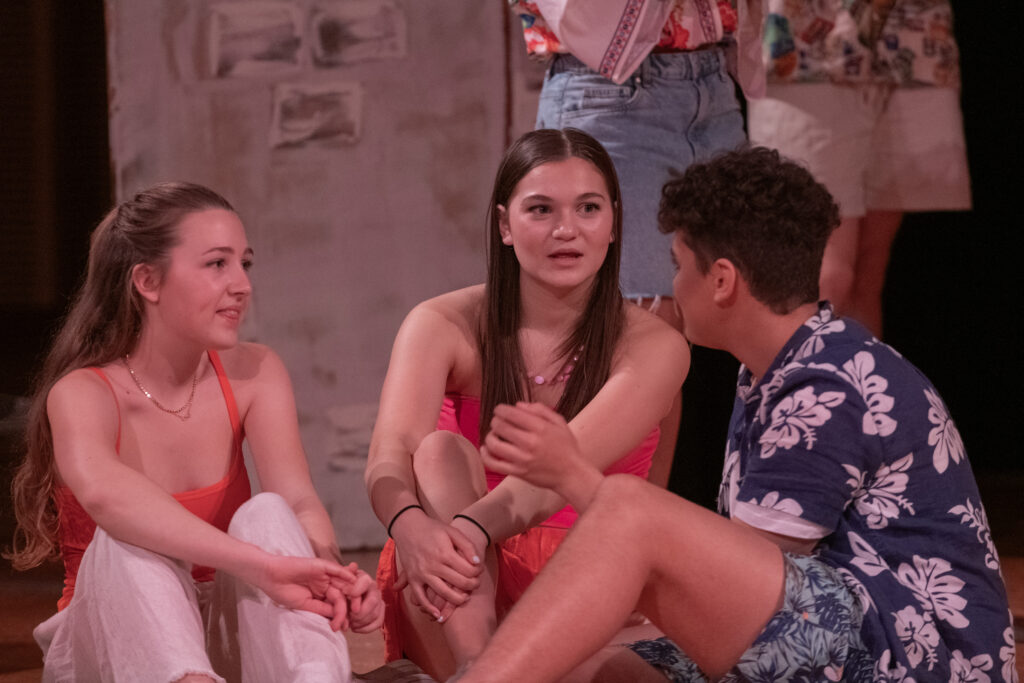
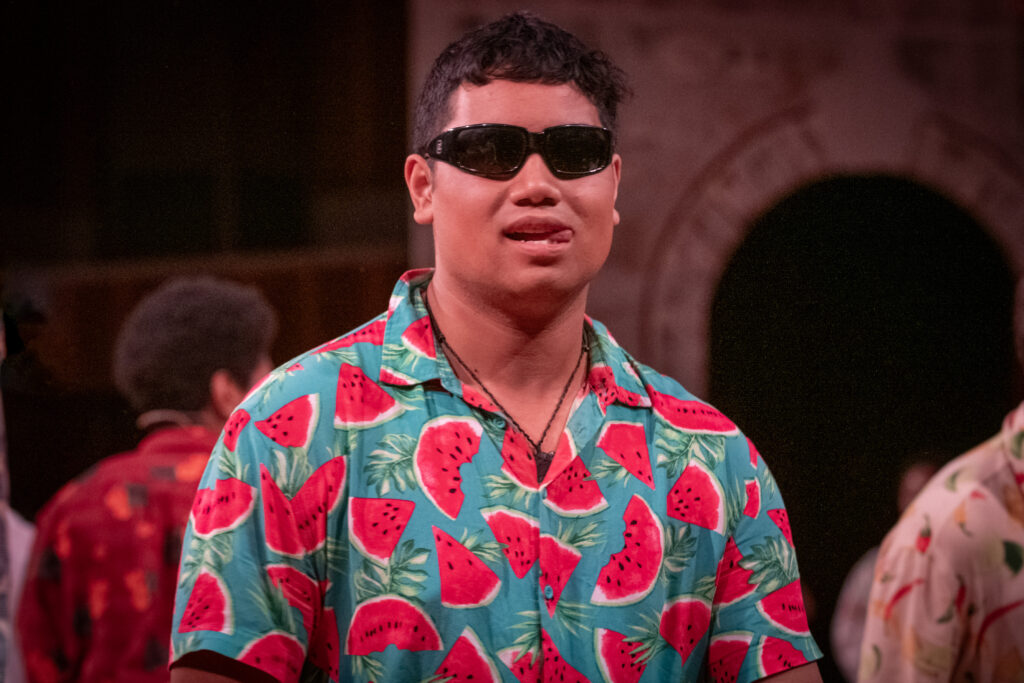
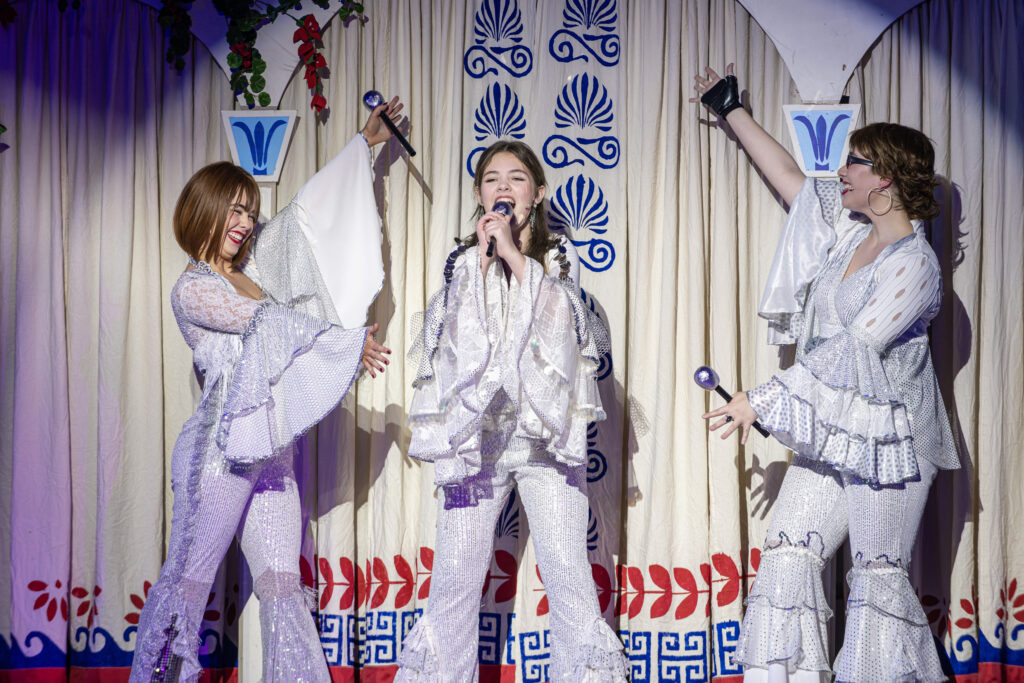
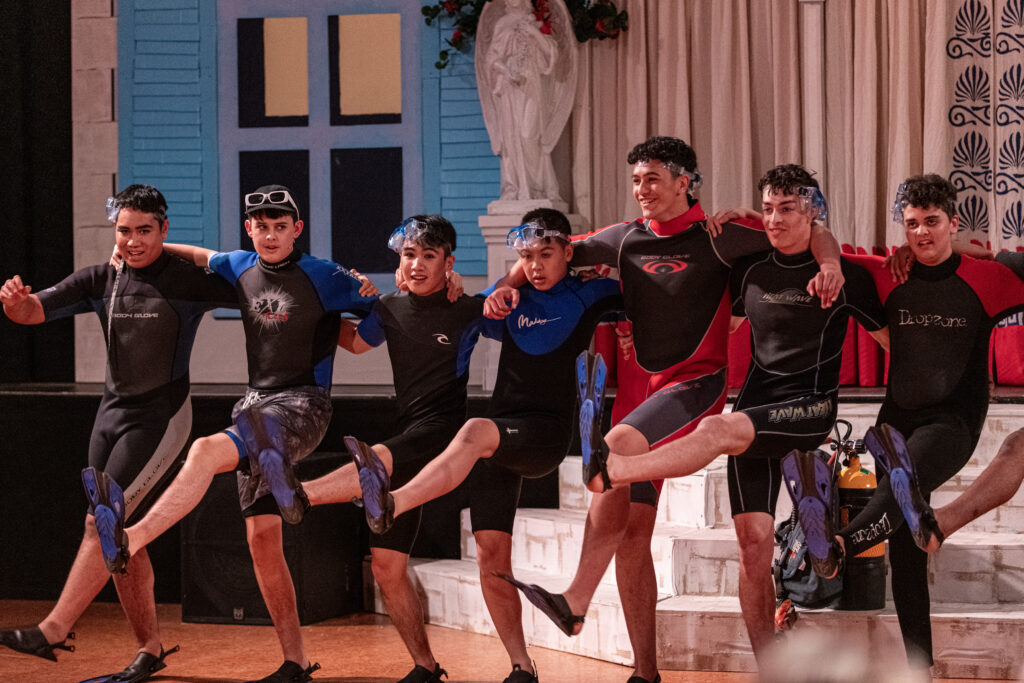
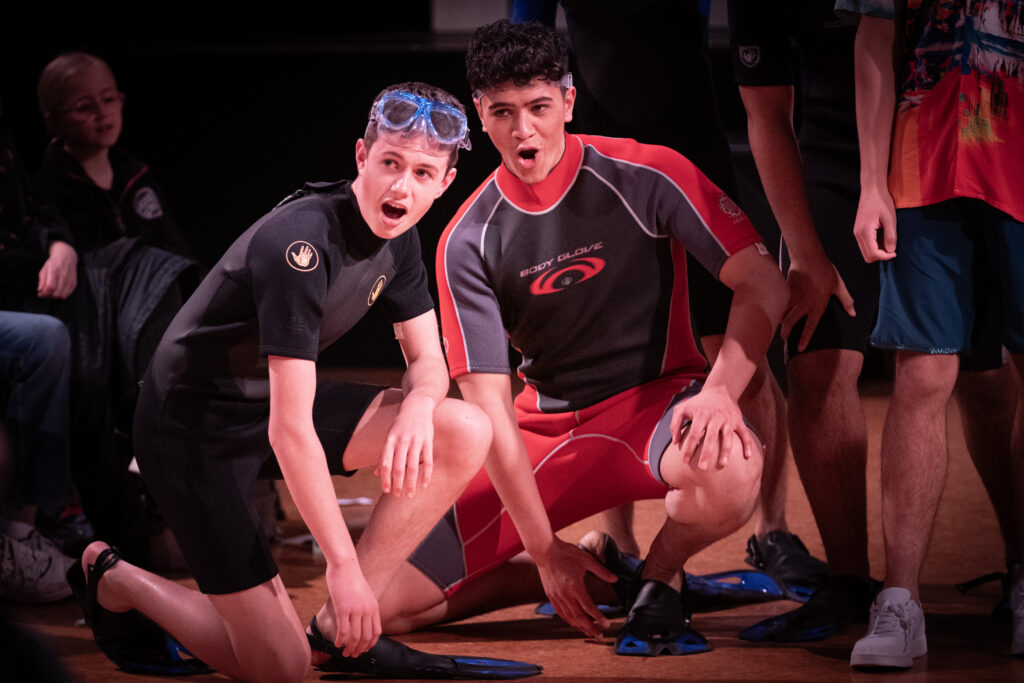
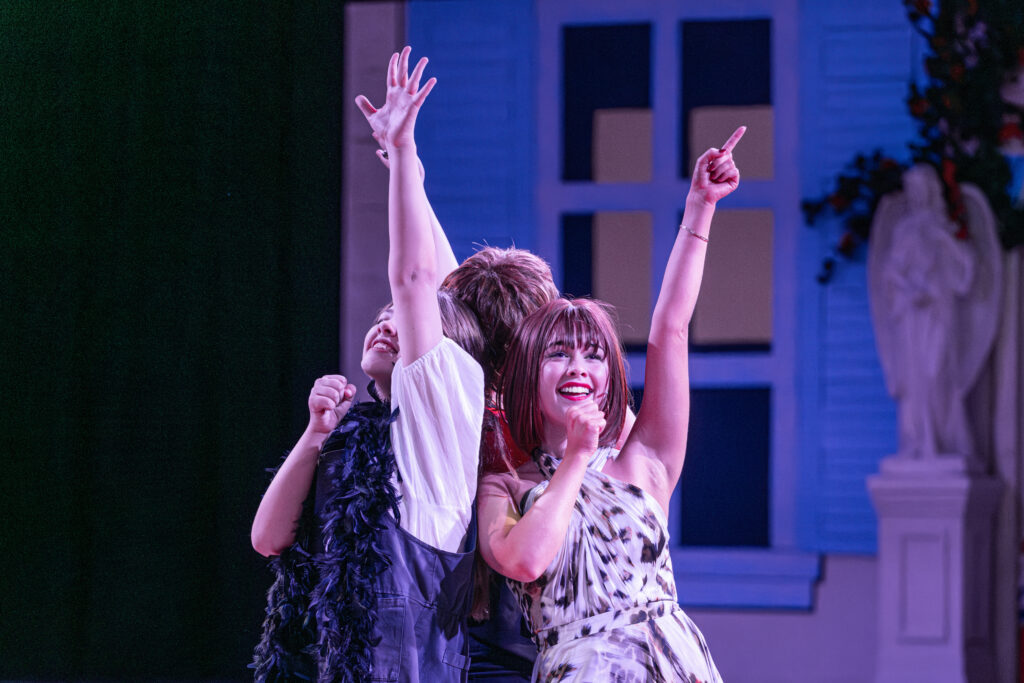
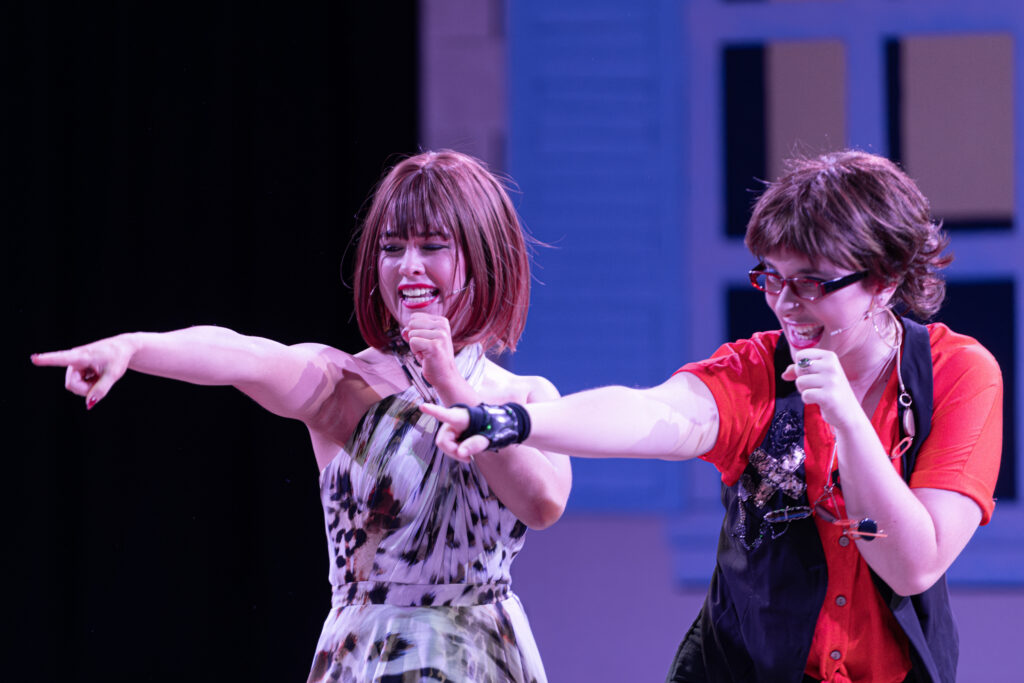
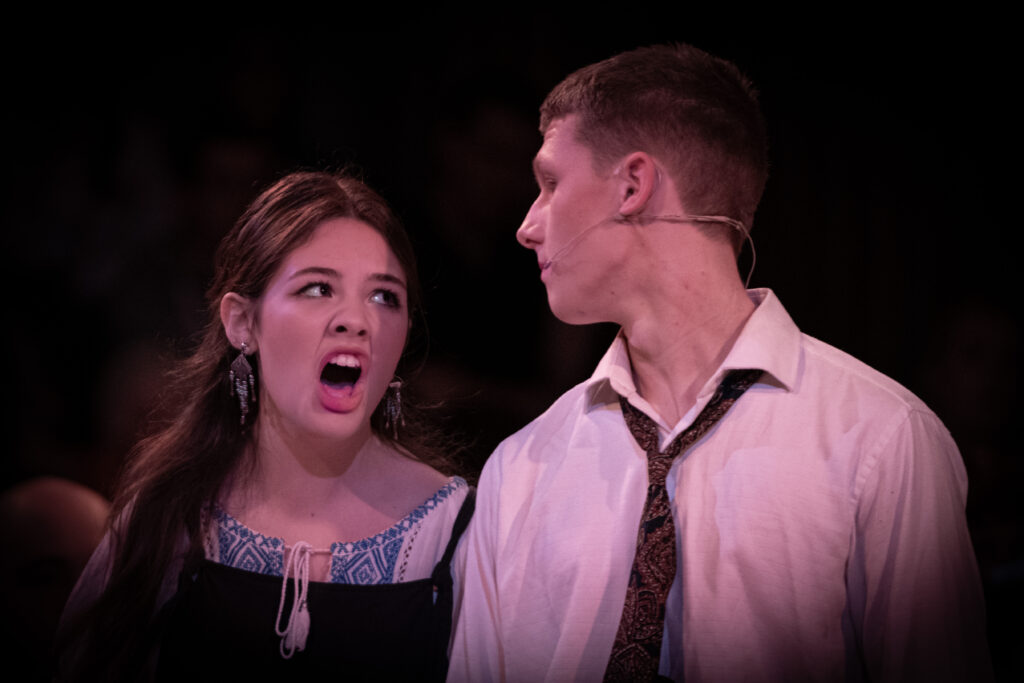
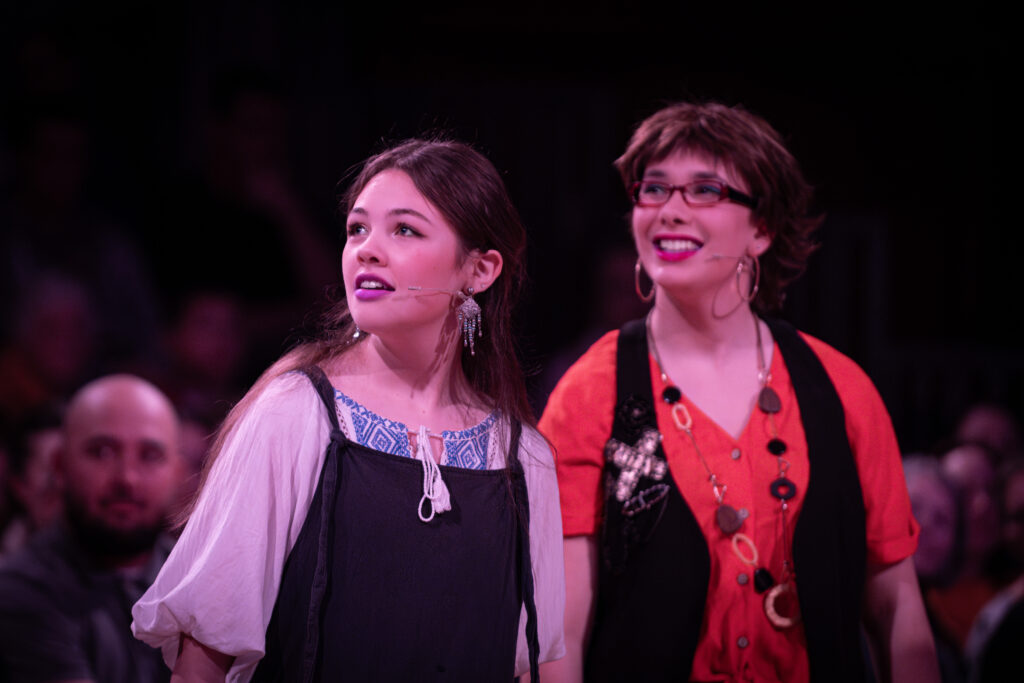
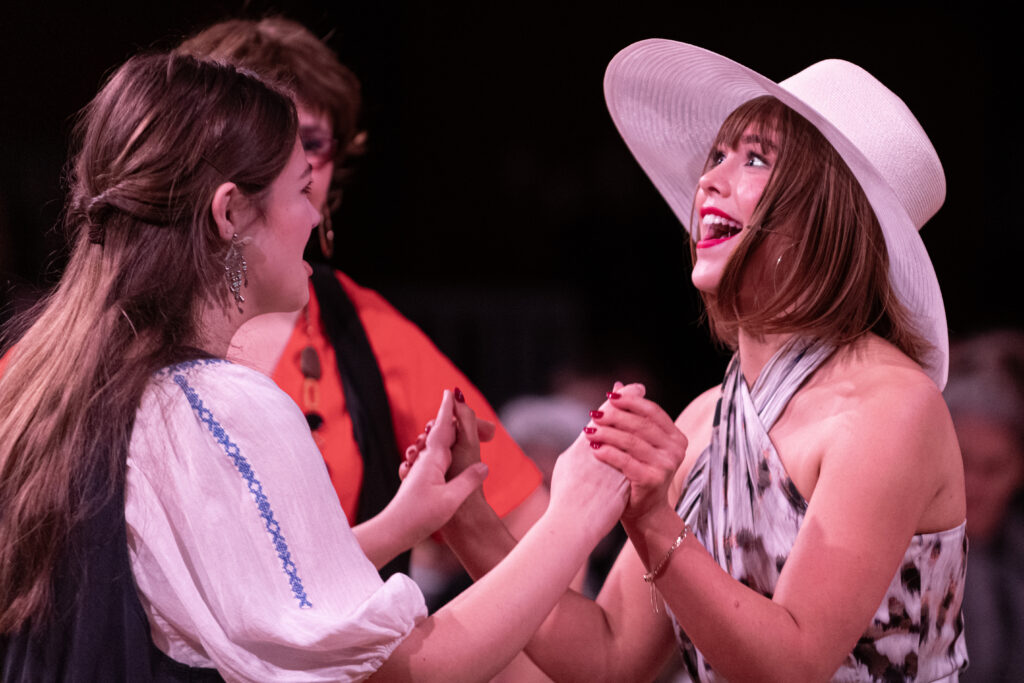
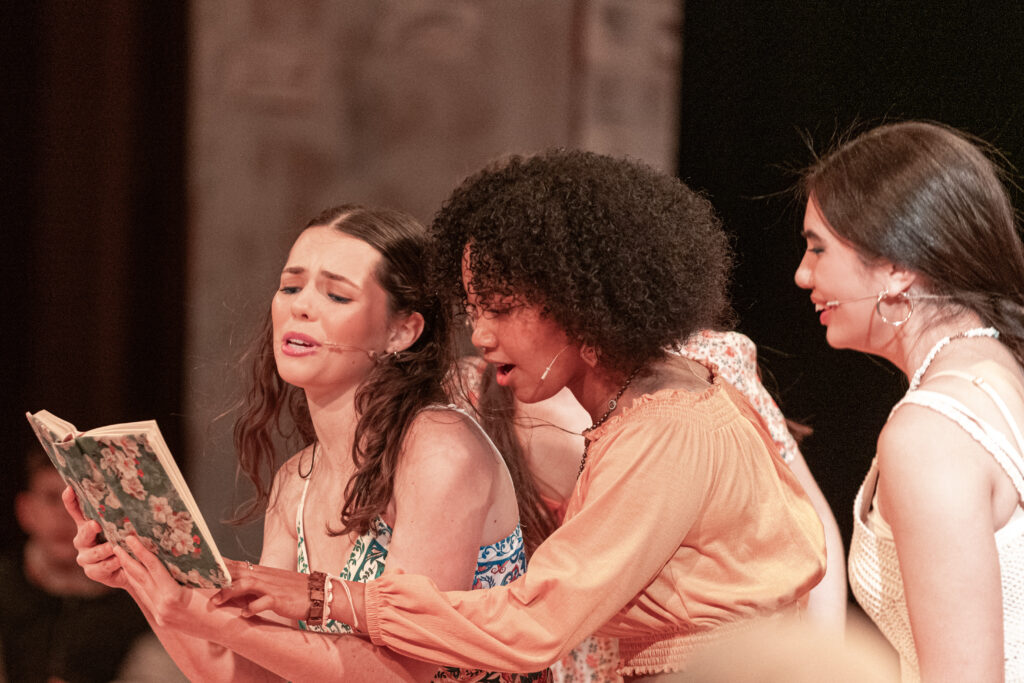
Sound from natural, acoustic, and digital environments is the source material for expressive ideas in music. These ideas are manipulated and extended into forms, genres, and styles that are recognised as music.
Music is a fundamental form of expression, both personal and cultural. Value is placed upon the musical heritages of New Zealand’s diverse cultures, including traditional and contemporary Māori musical arts. By making, sharing, and responding to music, students contribute to the cultural life of their schools, whānau, peer groups, and communities. As they engage with and develop knowledge and deeper understandings of music, they draw on cultural practices and on histories, theories, structures, technologies, and personal experiences.
In music education, students work individually and collaboratively to explore the potential of sounds and technologies for creating, interpreting, and representing music ideas. As they think about and explore innovative sound and media, students have rich opportunities to further their own creative potential.
Students develop literacies in music as they listen and respond, sing, play instruments, create and improvise, read symbols and notations, record sound and music works, and analyse and appreciate music. This enables them to develop aural and theoretical skills and to value and understand the expressive qualities of music.
As students learn to communicate musically with increasing sophistication, they lay a foundation for lifelong enjoyment of and participation in music. Some will go on to take courses in musicology, performance, or composition. These may be steps on the way to music-related employment.
Level one music is a vibrant contemporary course which is split into two interlinked areas, Making Music and Music Studies. Making Music involves Performance, both solo and group. Music Studies involves studying two pieces of Music and demonstrating an understanding of Musical Terms.
Music covers two interlinked areas, Making Music and Music Studies. Making Music involves Performance, both solo and group, and Composition. Music Studies includes New Zealand Music research and understanding of Musical Terms.
At Level 3 music students can use their creativity to compose original songs. This is a highly collaborative course and involves public performance. The course is split into two interlinked areas, Making Music and Music Studies. Making Music involves Performance, both solo and group.
Students may choose to study an instrument at school. They may choose from: Bassoon, Oboe, Flute, /Clarinet, Saxophone, Trumpet, cornet, Trombone, French Horn, Euphonium, Guitar, Bass, Voice, Drums/Percussion, Violin, Viola, Cello, Double Bass, ROCK BAND. All students studying a instrument at school must play in school ensembles as required. $45.00 is payable for administration costs at the beginning of the year.
Private tutors may teach on site after consultation with the HOD